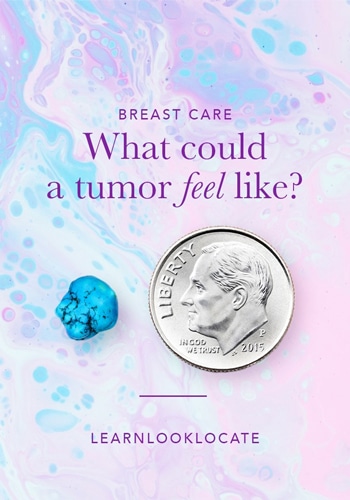
Spiritual Meaning of Mermaids
Like the vast sea in which these unique beauties dwell, life can also be a massive, infinite sea ridden by the waves of emotion. They sometimes are turbulent and at other times remain calm. Mermaids are seen as a reminder that we sometimes need to “let go and jump in” to this sea of life. Similarly, the mermaid is believed to sing captivating songs hearing which should give us motivation to take the plunge. Yes, just like the sea itself, life is also a mysterious ocean, but the mermaid points out that it is OK. We must still let go and jump into this unknown world and sway with the flow, taking life as it comes. Although, the mermaid also let us know that it will be right there, serving as our guide through the journey of life. LEARN MORE
Being female, the symbolism and meaning of the Mermaid ties to the Sacred Feminine, specifically Goddesses like Venus who rules love, and the Sea Goddesses like Calypso. This is not a woman who can be tamed. The fierce individuality among Mermaids is well known –so much so that they may resist settling down in any one spot.
Learn more




















